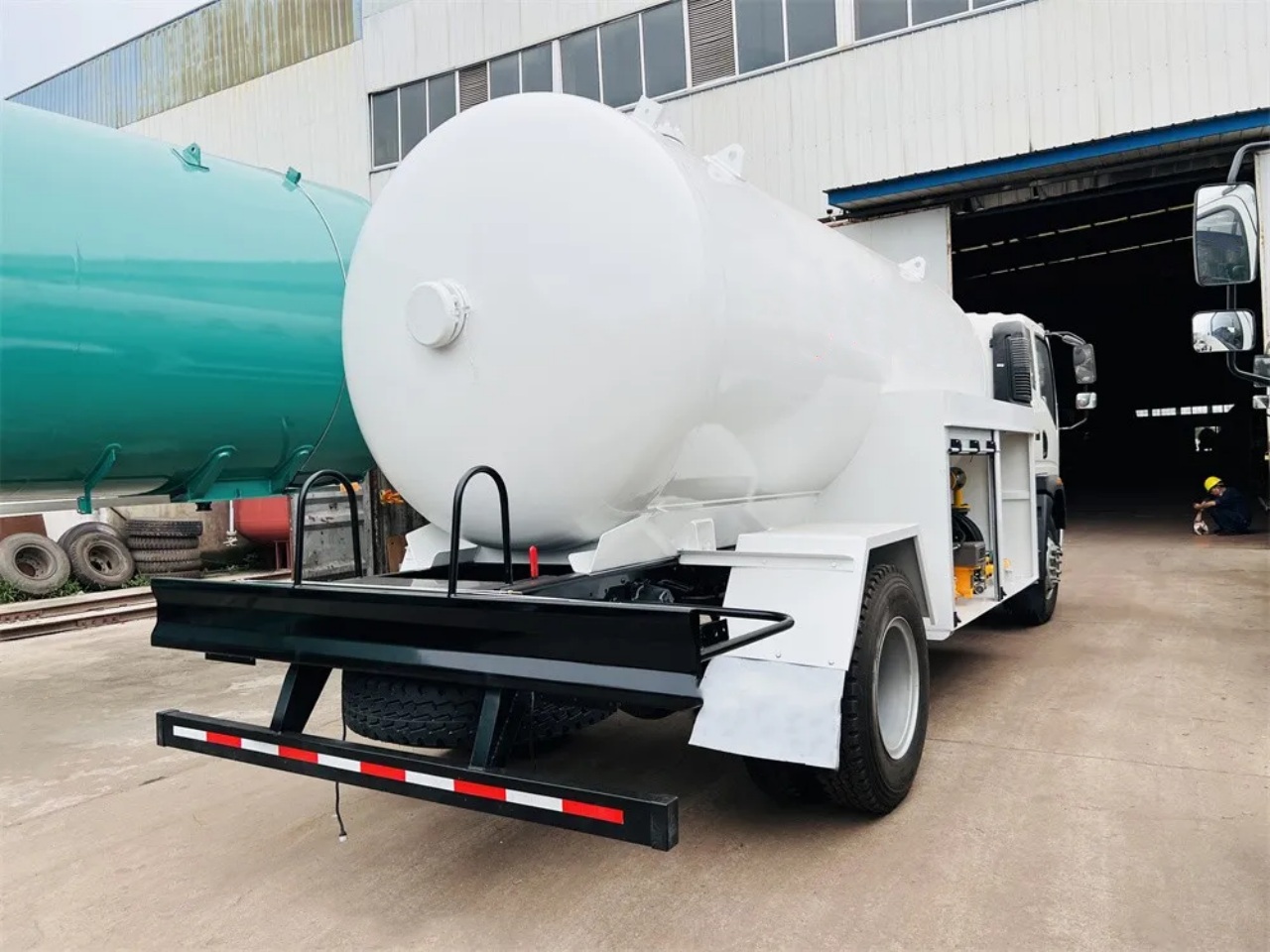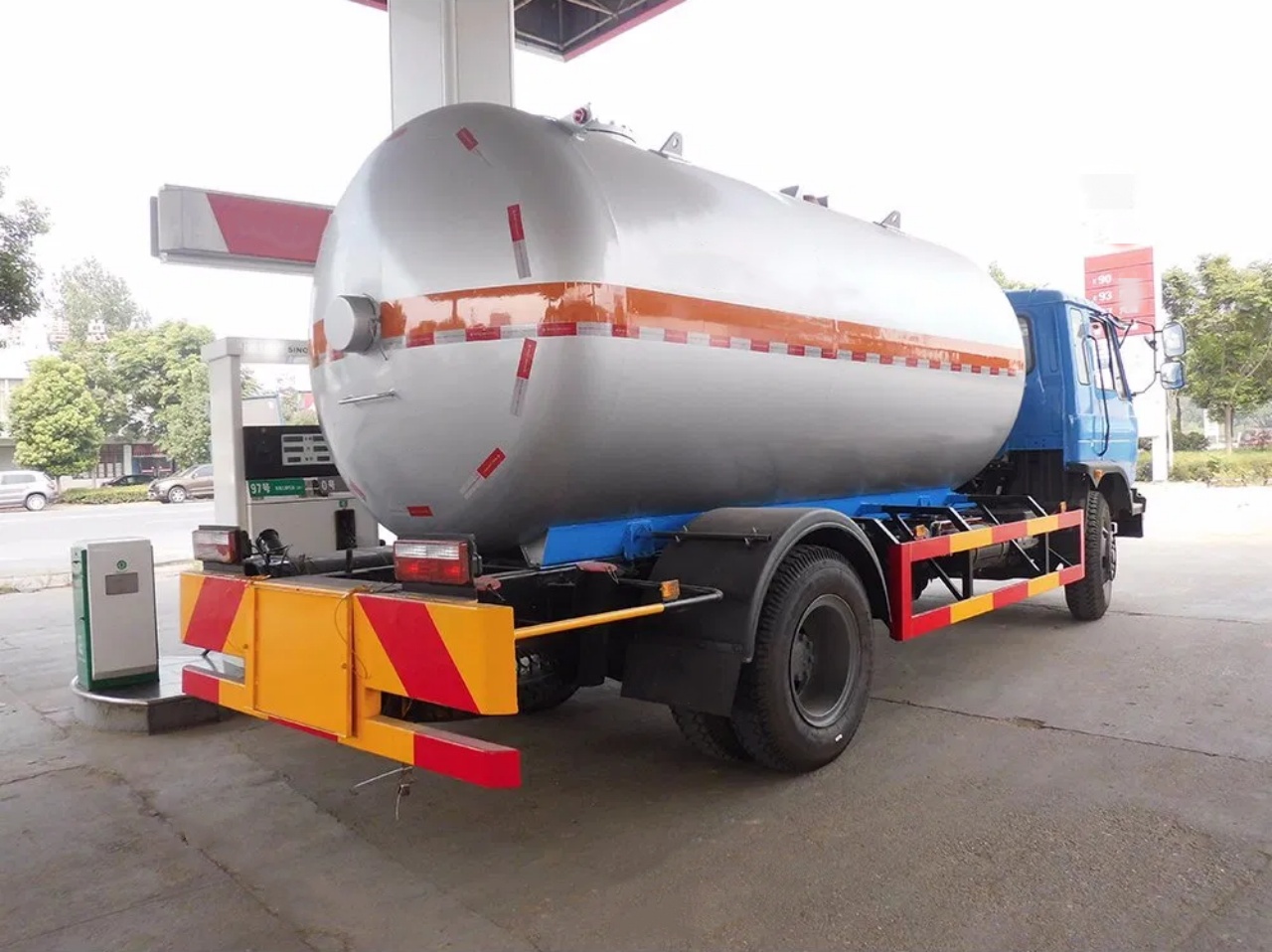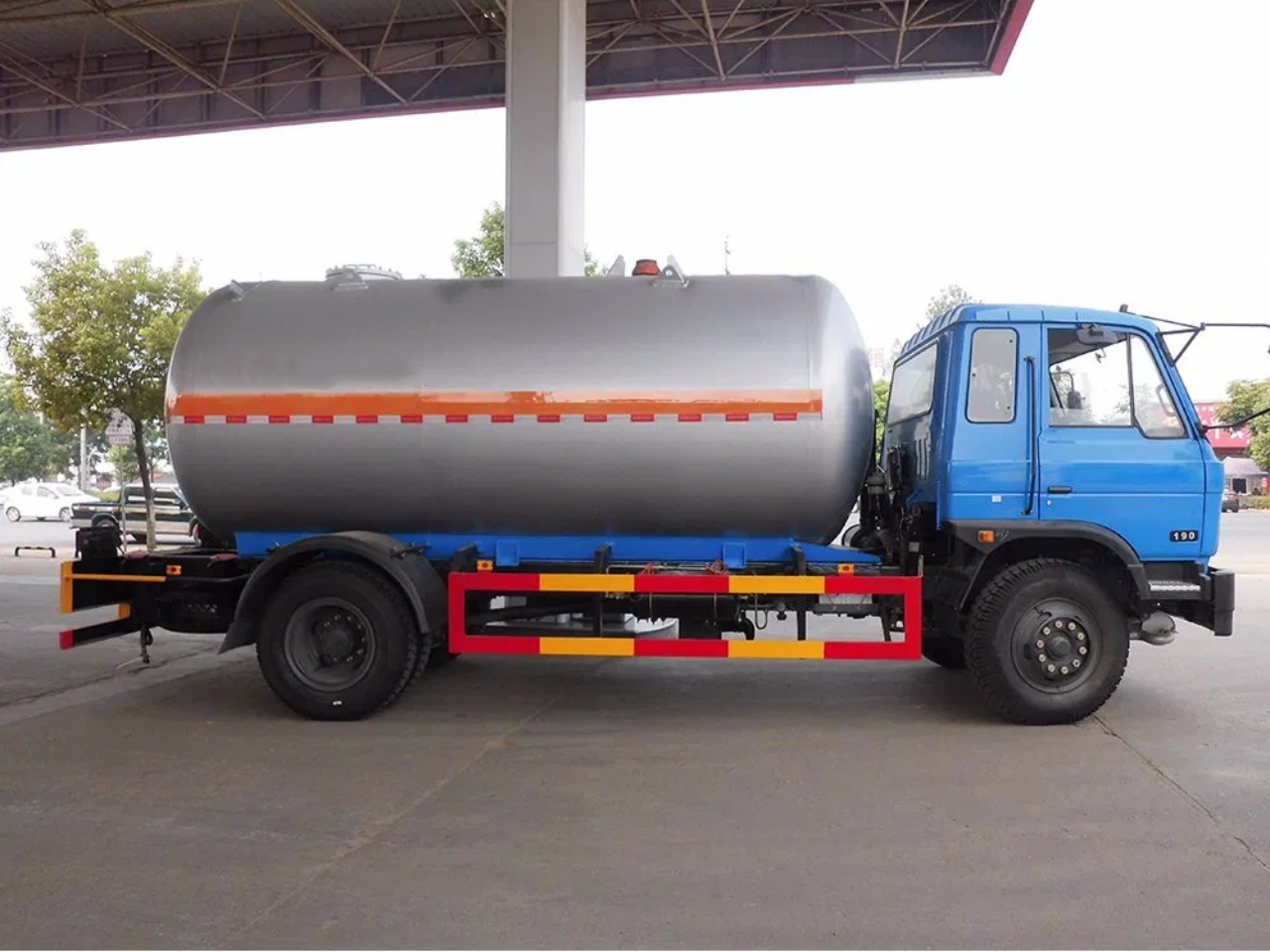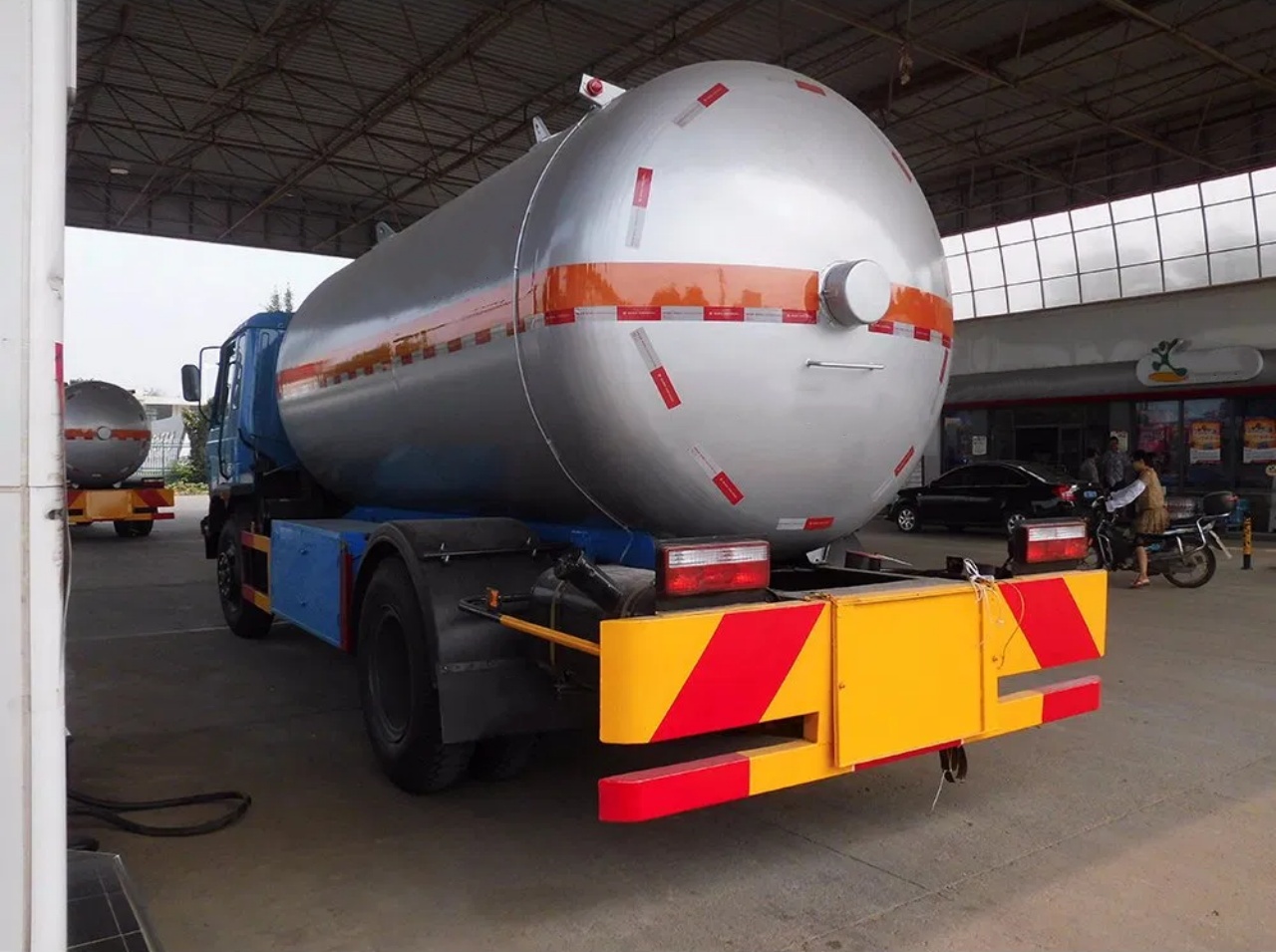Trucks are essential to modern logistics and transportation, with various types serving different purposes across industries. Among the many terms in the trucking world, “bobtail” stands out as one that often confuses, especially among those new to the field. But what exactly makes a truck a bobtail? This article will explore the definition, origin, types, usage, safety concerns, and implications of bobtail trucks in the transportation industry.
Definition of a Bobtail Truck
A bobtail truck refers to a semi-truck operating without a trailer attached. In essence, it’s just the tractor unit—the front part of the semi-truck that contains the engine and the cab where the driver sits—driving on its own. The name “bobtail” comes from a reference to animals with short or docked tails, symbolizing the lack of a “tail” (or trailer) on the truck.
Bobtailing typically occurs when a driver is:
- Traveling to pick up a trailer,
- Has just dropped off a trailer and is heading back,
- Relocating without a load,
- Or performing maintenance runs.
It’s important to note that while “bobtail” generally refers to a tractor without a trailer, the term is sometimes confused with other setups, like straight trucks or box trucks, that do not have detachable trailers. However, true bobtailing only applies to semi-trucks in tractor-only mode.

Types of Bobtail Configurations
There are primarily 2 contexts in which “bobtail” is used:
1. Standard Bobtail
This is the most common usage. A standard bobtail truck is simply a semi-tractor without a trailer. This might occur when:
- The driver has finished a delivery and is returning to the depot.
- The tractor is on its way to another location to pick up a trailer.
- The vehicle is being driven for maintenance or inspection.
2. Small Bobtail Trucks
In some cases, especially in the fuel delivery industry, “bobtail truck” can refer to small tank trucks that carry products like propane or liquid fuel. These are straight trucks, meaning the tank is mounted directly on the chassis rather than pulled as a trailer. Despite the shared name, these are technically not bobtail trucks in the traditional semi-truck sense. However, the term is accepted in certain industries and contexts.
Origin of the Term “Bobtail”
The term “bobtail” has an interesting history. It originally referred to horses with docked tails, and the word gained popularity through cultural references such as the Christmas carol “Jingle Bells“ (“Bells on bobtail ring…”). In the trucking world, the term evolved to refer to trucks “missing” their trailers, much like a horse with a missing tail.
The visual similarity of a trailer-less semi-truck to a short-tailed animal likely contributed to the name being adopted into trucking jargon.

Why Do Trucks Bobtail?
There are several practical reasons why a semi-truck might travel without a trailer:
- Repositioning: A driver may be directed to a different location to pick up a new load.
- Empty Return: After dropping off a load, the driver may not have an immediate pickup and must return empty.
- Maintenance: Bobtailing is necessary for mechanical inspections or service appointments that do not require the trailer.
- Company Policy: Some fleets operate with specific drop-and-hook systems that involve frequent bobtailing between assignments.
Bobtailing is often a temporary condition but plays a vital role in logistical operations.
Is Bobtailing Dangerous?
While it may seem like a truck without a trailer should be safer or easier to handle, bobtailing increases the risk in certain conditions.
Here’s why:
- Weight Distribution: Without a trailer, most of the truck’s weight is concentrated on the front wheels. This makes the rear wheels (drive axles) lighter and less effective at maintaining traction.
- Reduced Braking Efficiency: Semi-trucks are designed to brake while carrying a load. Without the trailer’s weight, the braking balance is off, and it becomes easier for the drive wheels to lock up, especially in slick or wet conditions.
- Less Stability: The absence of the trailer changes the center of gravity and aerodynamics of the truck, making it more prone to swaying or reacting sharply during sudden maneuvers.
Because of these factors, new or inexperienced drivers are usually cautioned to be extra careful while bobtailing.

Insurance and Regulatory Considerations
From an insurance perspective, bobtailing introduces special considerations. There is a specific type of insurance coverage known as bobtail insurance, designed to protect drivers and companies from liability while the truck is operating without a trailer and not under dispatch.
Bobtail insurance typically covers:
- Property damage,
- Bodily injury liability,
- Legal fees related to accidents that occur while bobtailing.
It’s important to differentiate bobtail insurance from non-trucking liability insurance, which covers a tractor when it is being driven for non-business or personal use. Trucking companies, especially those with owner-operators, often require both types of insurance to ensure proper coverage.
The Role of Bobtailing in Logistics
Bobtailing plays an often invisible but crucial role in the trucking ecosystem. While the focus is typically on the cargo and the loaded journeys, the transitions between jobs are just as important.
Modern logistics software and dispatch systems are increasingly working to minimize bobtail miles, also known as deadhead miles, by matching available loads with nearby empty trucks. Reducing bobtail time not only improves fuel efficiency and profitability but also decreases road wear and carbon emissions.

Fuel Efficiency and Cost Implications
Driving without a trailer can slightly improve fuel economy, but the benefits are not as significant as one might expect. While there’s less weight to pull, the aerodynamics of a tractor are optimized when pulling a trailer. This means bobtail trucks often experience increased wind resistance, which can offset the weight advantage.
Still, bobtailing is necessary and unavoidable at times, and managing these instances efficiently is part of running a successful trucking operation.
Common Myths About Bobtail Trucks
Let’s debunk a few common myths:
- “Bobtail trucks are easier to drive.” – False. They require more caution due to unbalanced weight and less traction.
- “Bobtailing is illegal.” – Not at all. It’s a perfectly legal and common practice.
- “Bobtail trucks can’t get insurance.” – Incorrect. Specialized policies exist specifically for bobtail operations.

Conclusion
A truck becomes a bobtail when it’s operating without a trailer, either because it’s on its way to pick up a load, has just completed a delivery, or is being moved for other reasons. While bobtailing is a routine part of the trucking industry, it brings unique challenges in handling, safety, and insurance.
Understanding what makes a truck a bobtail helps demystify a common but often misunderstood term in the world of commercial transportation. Whether you’re a new driver, a logistics manager, or simply a curious road traveler, knowing the ins and outs of bobtailing offers insight into the complex and ever-moving machinery that keeps the world supplied and connected.


